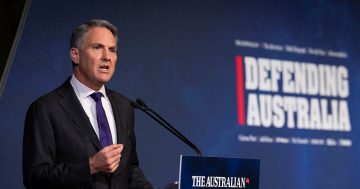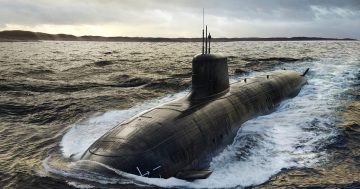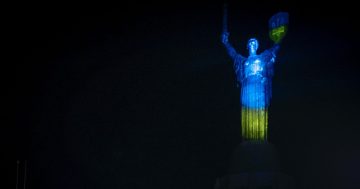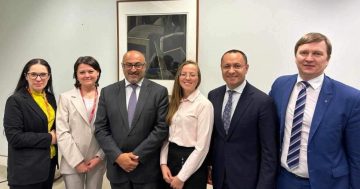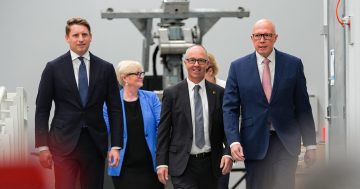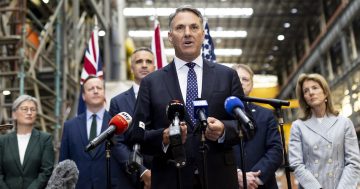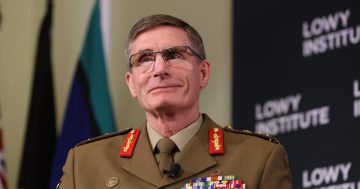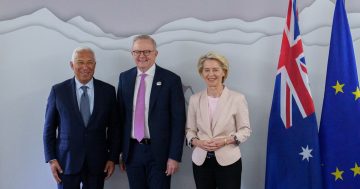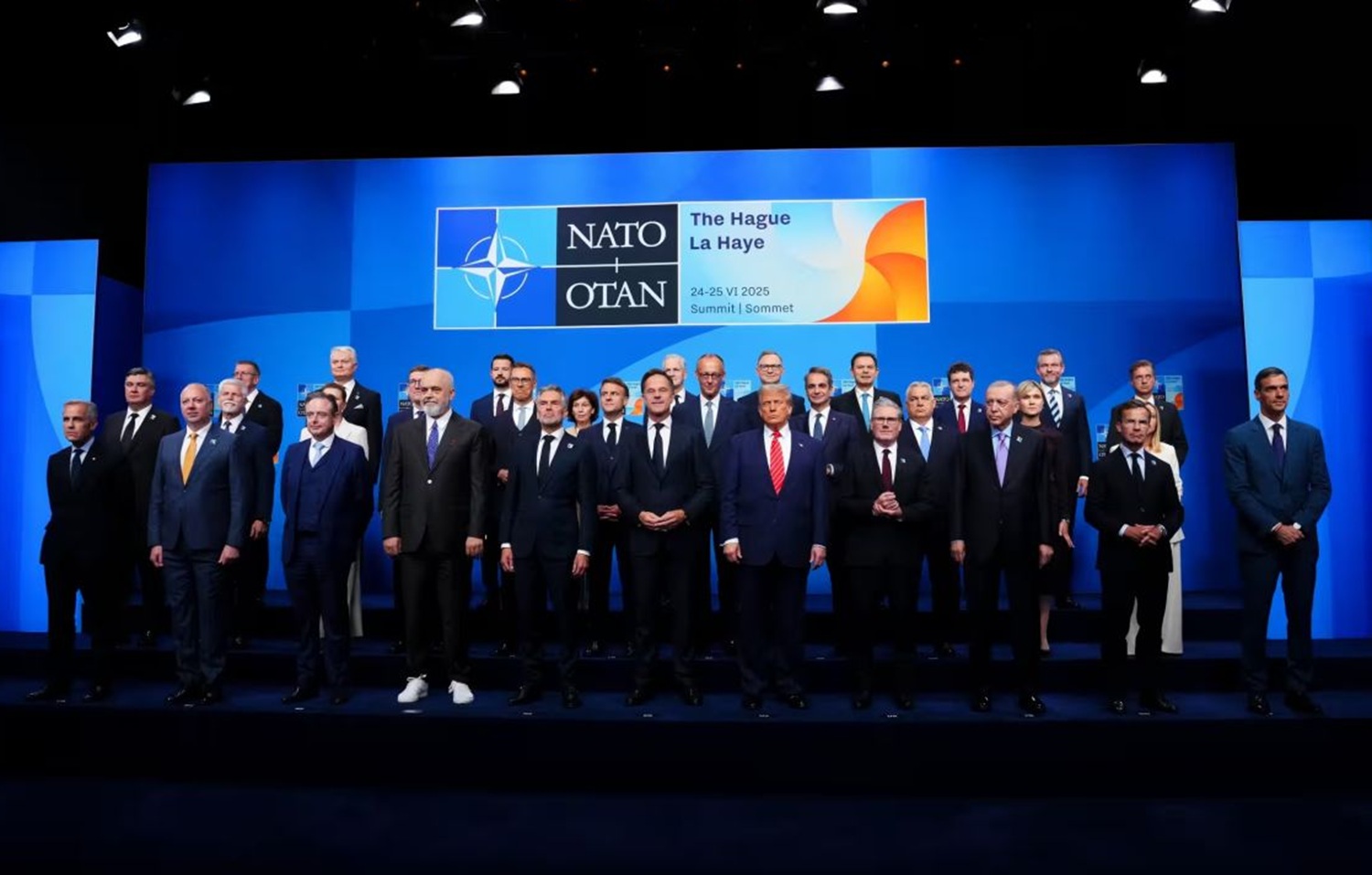
At June’s summit in The Hague, NATO member nations almost unanimously agreed to lift defence spending to 5 per cent of GDP over the next decade. Photo: NATO.
Moves by European and NATO nations to dramatically raise their defence spending in the next few years may influence Australia’s defence policy.
At May’s Shangri La Dialogue in Singapore, US Secretary of Defense Pete Hegseth said the Trump administration wanted Indo-Pacific nations to increase their defence spending to 3.5 per cent of GDP.
Since then, Australian Prime Minister Anthony Albanese has subtly pushed back by refusing to be wedded to a percentage target, and instead has repeatedly stated that Australia would spend what is required on the capabilities it needs.
To paraphrase, the PM has said Australia completed a Defence Strategic Review in 2023 and will soon conduct another, and it is from that his government will establish what capabilities the Australian Defence Force requires, and what budget it will need to set to acquire those capabilities.
Albanese and his ministers copped numerous questions from the media at every opportunity in the days after Hegseth’s call, but they maintained the line that Australia decides how much it will spend and on what, and no one else.
“What we’re doing is making sure that Australia has the capability that we need – that’s what we’re investing in,” he told media on 27 June. “We’ll continue to do that, invest in our capability and invest in our relationships.”
And just as the heat was starting to subside, June’s NATO leaders’ summit in The Hague saw most member nations agree to boost their defence spending to a whopping 5 per cent of GDP, comprising 3.5 per cent on “core defense requirements” and the balance on enabling capabilities such as cyber etc.
This is far above the 1.5 to 2.5 per cent most are currently spending at, and the 2.2 per cent Australia currently allocates.
While Trump has taken credit for forcing NATO members to raise spending and thus relieve the burden on US forces based in or deployed to Europe, and indeed was quite conciliatory towards NATO and Europe at the summit, this may not be the political win he thinks it is.
“It’s not a rip-off,” Trump said at The Hague, an apparent about-face to claims he had previously made on multiple occasions that Europe was taking advantage of the US. “We’ll help them protect their country.”
Member states of NATO all sign a treaty of mutual defence, with Article 5 specifically stating that an attack against one member is considered an attack against all, thus obligating each member to assist the attacked member including with the use of armed force if necessary.
But realistically and despite Trump’s comments, NATO’s boost can probably be attributed to growing uncertainty about whether an increasingly isolationist US would honour its NATO treaty obligations, in addition to the threat a belligerent Russia continues to pose to democracies in eastern Europe.
So, with NATO’s spending boost announcement, the heat from the media has swung straight back on to Albanese. In almost every interview he has conducted in the past week – and to give him credit, he keeps fronting up – he looks increasingly frustrated at not being able to get any ‘clear air’ for non-defence announcements such as the rolling out of wage increases, new tax cuts and education incentives from 1 July, and instead keeps getting dragged back on to defence spending.
And we can probably expect this to continue for a while, with Foreign Minister Penny Wong this week in Washington DC for a meeting of the Quad – the US, Australia, India, and Japan – foreign ministers, where defence spending, AUKUS, regional instability, and other national security issues are taking centre stage.
On the one hand, Albanese’s right. We’re a sovereign nation, and we should be able to decide how much we spend on defence … as well as education, health, infrastructure, social services … all of the basic things governments fund in order for democratic societies to function.
But Australia is also reliant on its trade and security relationships with other countries, and the rest of the world isn’t necessarily playing on a level playing field. Indeed, some nations aren’t even playing the same game anymore … including the US who just appears to be making up new rules as it goes along!
So, with Europe upping the ante, the UK boosting its spending, India looking to increase its capabilities after its recent stoush with Pakistan, and Japan and South Korea both facing an increasingly belligerent China and North Korea, Australia may be left with no choice but to follow suit in order to be taken seriously by our allies and retain a seat at some of these tables.
So, what choice does Albanese have? Politically, and with the socialist left branch of Labor now having more influence in the party despite the PM himself drifting more towards the centre in recent years, on face value there would be little support within Caucus for an increase in defence spending when important things such as a properly funded NDIS, increasing Jobseeker, and major infrastructure projects should take priority.
But the PM has a massive mandate and, short of a catastrophe, will likely be in power for at least two more terms. So now would appear to be the time to be brave, to make some big decisions, and to introduce some key reforms. Treasurer Jim Chalmers has already flagged that tax reform is on the agenda, so might national security follow?
But the other question is, does Defence even have the capacity to spend more money?
Recruitment and retention continues to fall behind required levels, billions are being directed towards the increasingly distant ambition of a sovereign nuclear-powered submarine program, the Defence public service remains mired in bureaucracy, and the relationship between the department and the Defence Minister is reportedly at an all-time low.


